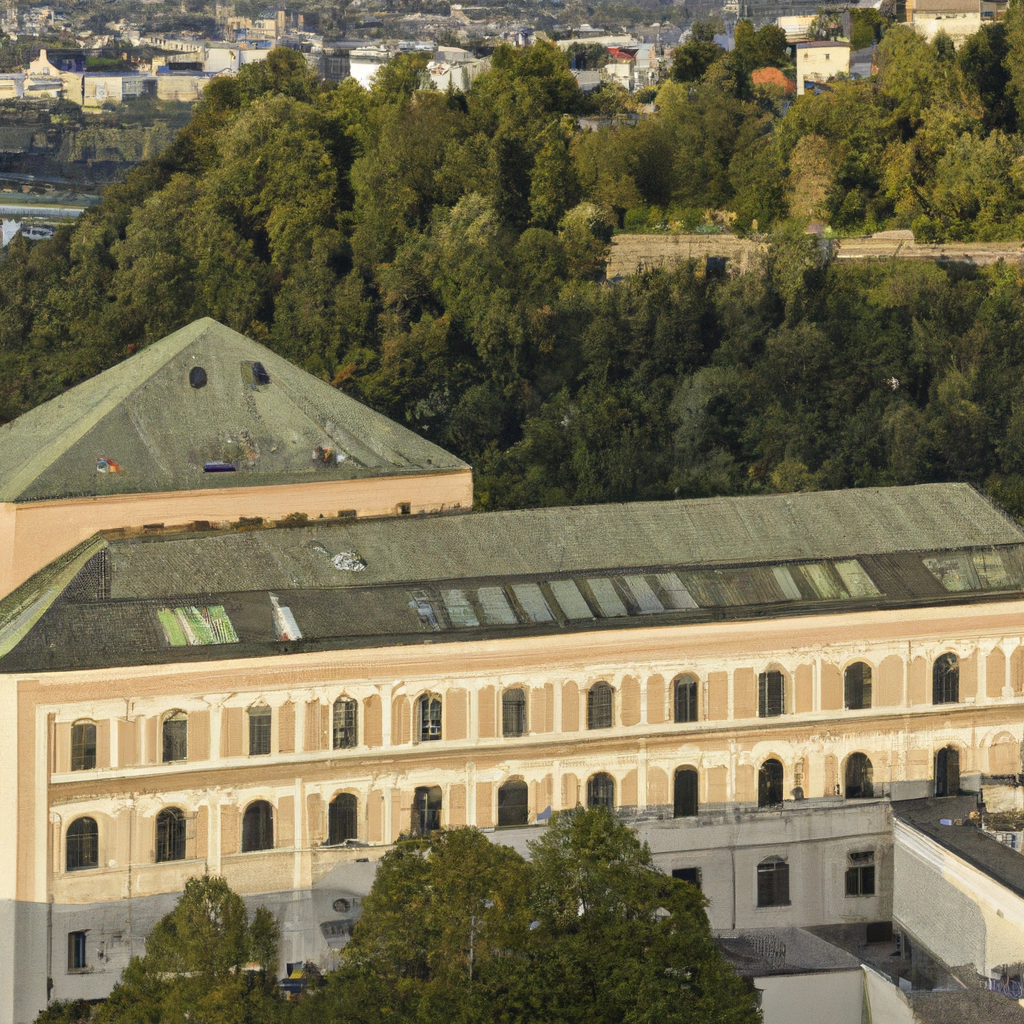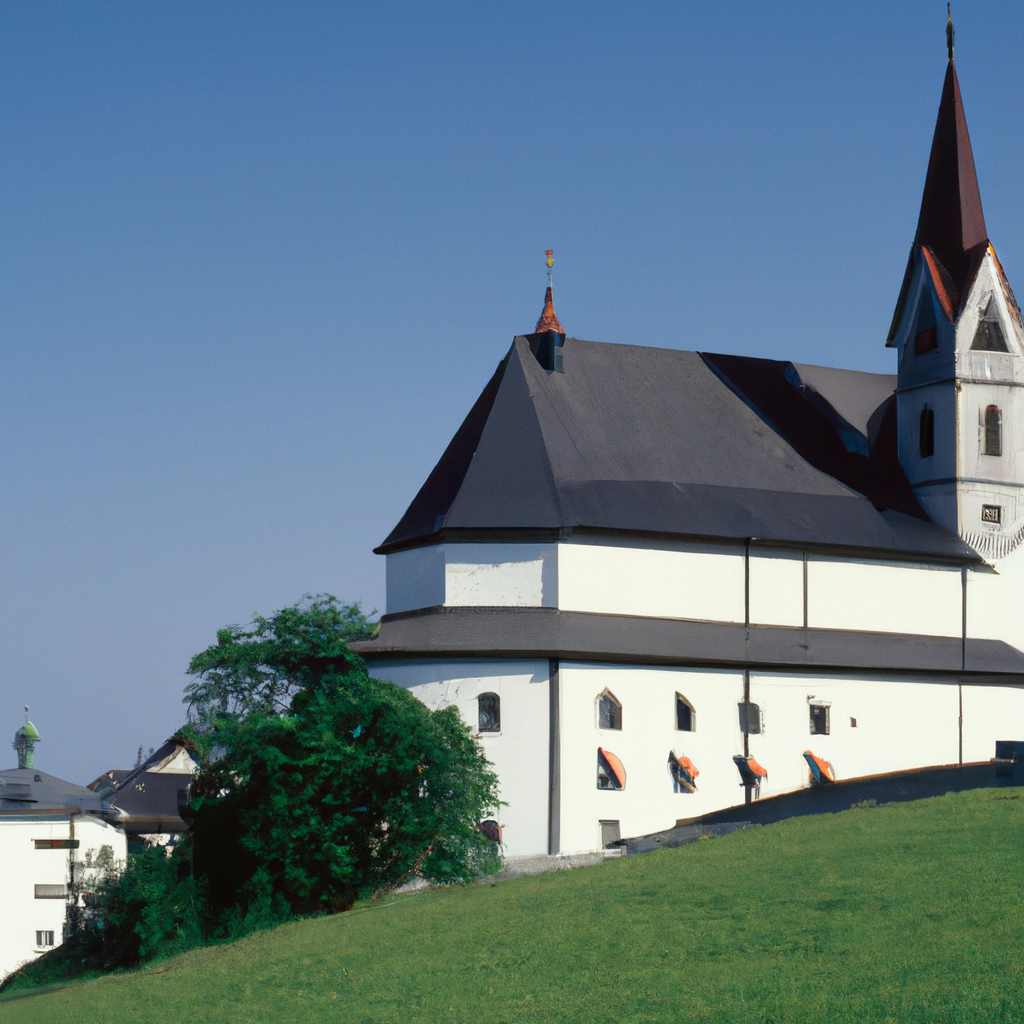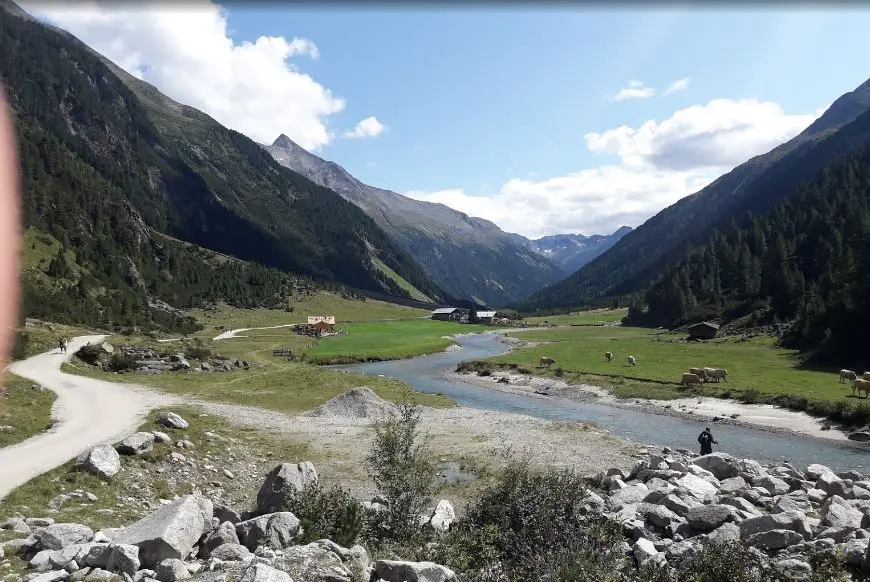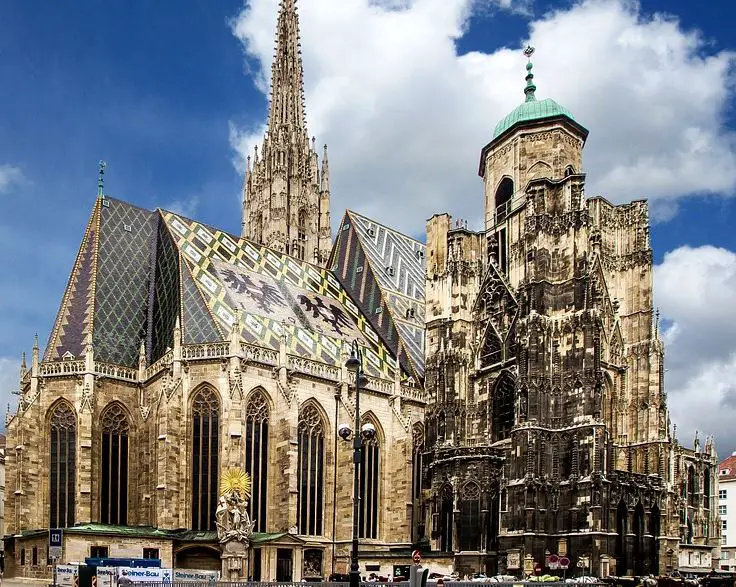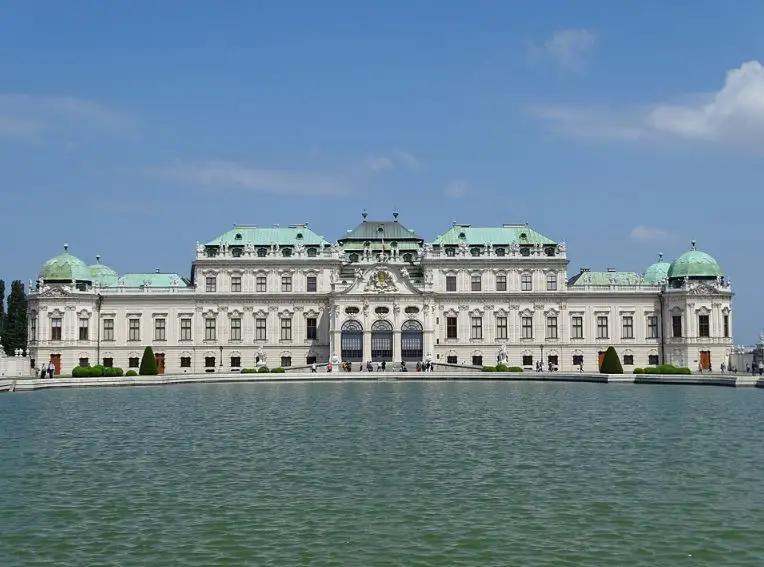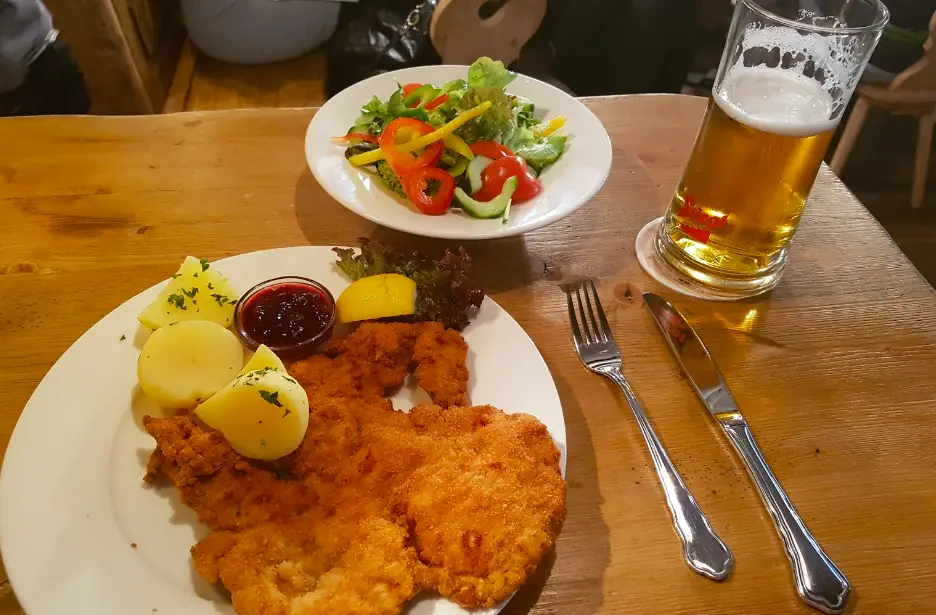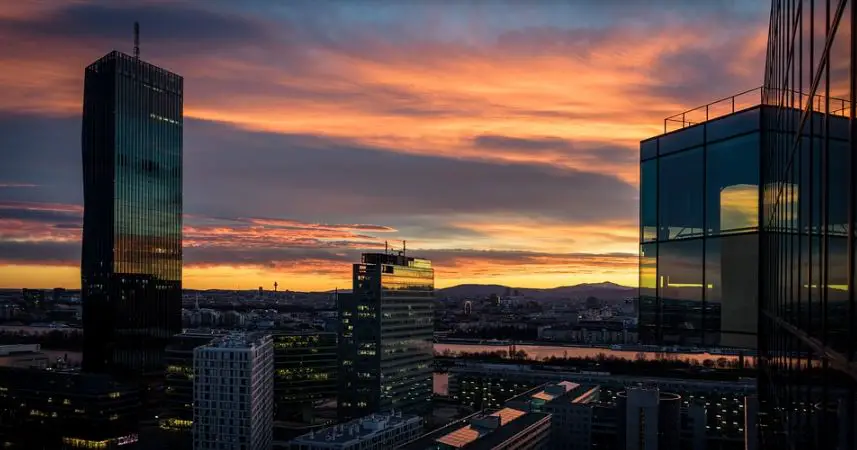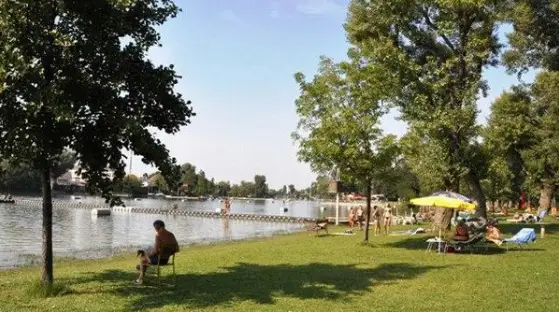Schoenbrunn Gardens, Vienna In Austria: Overview,Prominent Features,History,Interesting facts
Overview:
Schoenbrunn Gardens, Vienna in Austria is a sprawling property containing the former summer residential palace of the ruling Habsburg dynasty, the Schoenbrunn Palace, as well as a large park and sizeable plant collections. Today the grounds are open to the public year-round and offer a wide variety of activities for visitors, including museum tours, outdoor concerts, and a mini-zoo. There are 12 miles of walking paths, baroque statues, and manicured gardens, including a French garden, an English garden, and a Viennese-style garden. There is also a large Baroque maze and a palm house with a café. It is one of the most beautiful monuments in Austria
Prominent Features:
1. Grand Entrance: The Schoenbrunn Palace is well known for its impressive grand entrance with intricate sculptures, columns and fountains. 2. Baroque Architecture: Various parts of the garden grounds feature Baroque architecture, including a great formal parterre, a Versailles-style garden of rectilinear pathways and quarters created with yew trees, clipped box hedging and meticulously maintained flower beds. 3. Gloriette: The Gloriette is a “temple on a hill” located within the gardens, offering an observation point which overlooks all of Vienna. 4. Maze: The intricate lawn maze located in the gardens of Schoenbrunn Palace is one of the oldest and best maintained hedge mazes in the world. 5. Zoo: The oldest zoo in Europe can be found in the gardens of Schoenbrunn, established in 1752 and accessible to the public. 6. Roman Ruin: Schoenbrunn Gardens features a preserved Roman ruin known as the Hercules’ Fountain in celebration of the Northern Frontiers. 7. Fountain Hill: The fountain hill is home to the Sea God Neptune fountain as well as seven smaller fountains. These are beloved attractions for tourists to explore and take pictures of. 8. Arboretum: Spread across the vibrant and colourful gardens of Schoenbrunn is an arboretum, where many plant species can be found, with informational signs scattered around the grounds. 9. Labyrinth: The gardens also includes a labyrinth for visitors to wander through, although it is not as ancient as the one inside the palace. 10. Nature Trail: A nice walking route can be taken around the gardens, including a nature trail, which has a bird of prey enclosure. You can learn history, culture, and heritage through these magnificent monuments in Austria.
History:
Schoenbrunn Palace and its gardens are one of the most visited tourist attractions in Vienna, Austria. The gardens were originally designed in 1569 by Kaiser Maximilian II and were redesigned in the mid 18th century by Maria Theresa. The gardens reflect the Austrian Baroque style, with its dominant feature of large formal pools and formal boxwood hedges. The area around the Palace is divided into 50 zones, each of which has its own focus and special attractions. Within these gardens you will find surprises such as access to the zoo, statues, fountains, large topiary pieces, wildflower meadows, orchards, and vineyards. In the 19th century, the gardens absorbed the English landscape movement and were carefully groomed to provide a picturesque view for members of the imperial court. This included the planting of exotic plants from around the world and the rebuilding of much of the garden architecture. During the 20th century, the Schoenbrunn Gardens experienced some restoration and are now UNESCO World Heritage Site. The gardens have become a symbol of Vienna and host a variety of events, such as concerts and fairs. Today, the Schoenbrunn Gardens are a popular destination for tourists, providing a variety of activities such as walking tours, coffee houses, playgrounds, and the Labyrinth which includes miniature copies of the great monuments of Vienna. Visit one of the famous monuments of Austria with your friends and family.
Interesting facts:
1. Schönbrunn Gardens is the world’s largest baroque garden, encompassing 1,742 acres (705 hectares). 2. It is one of the top attractions in Vienna, visitors come to Schönbrunn Gardens to marvel at its diverse range of attractions, such as its age-old French parterre, complex network of paths and fountains, and grandly appointed Gloriette. 3. The oldest part of the gardens dates back to the 17th century and the story behind its construction is a fascinating history lesson. 4. The main palace, which was once the summer residence of the Habsburg rulers, is a treasure trove of Rococo rooms that boast some of the most exquisite decoration and design in Austria. 5. Some of the highlights of the grounds include the Maze, a remarkable 19th-century Hedge Theatre, the Jupiter fountain, and a Chinese Teahouse. 6. Schönbrunn Gardens is the final resting place of many members of the Imperial family. Their tombs can be found in the Imperial Crypt, a labyrinth of marble lined passageways, located in the Sisi Chapel area of the Imperial Kaisersaal. 7. The Liechtenstein Garden was created between the years 1700 and 1720 in direct competition with French designs. It still resembles France’s classic garden style and is one of the most beautiful and well-preserved parts of Schönbrunn Gardens. 8. The main attraction of the gardens is the Great Fountain, which was originally built in 1775 and restored in 1995. It flows a massive 50 meters in diameter and is surrounded by natural sculptures. 9. The oldest surviving structures in Schönbrunn are the statues of Atlas and Hercules, which are thought to have been built in the 16th century. 10. A petting zoo, known as the Kinderzoo, can be found in Schönbrunn Gardens and is a great place for younger visitors to enjoy. One of the historical monuments of Austria, it tells the story of a bygone era
Explore Austria most popular tourist destination with us. Schoenbrunn Gardens, Vienna In Austria: Overview,Prominent Features,History,Interesting facts,which is 35.14 km away from Austria main town, is the most popular destination to add in your travel wishlist.
-
City:
Austria
-
state:
Vienna
-
country:
Austria
-
country code:
AT
-
postcode:
1130
Location:
Vienna Austria



